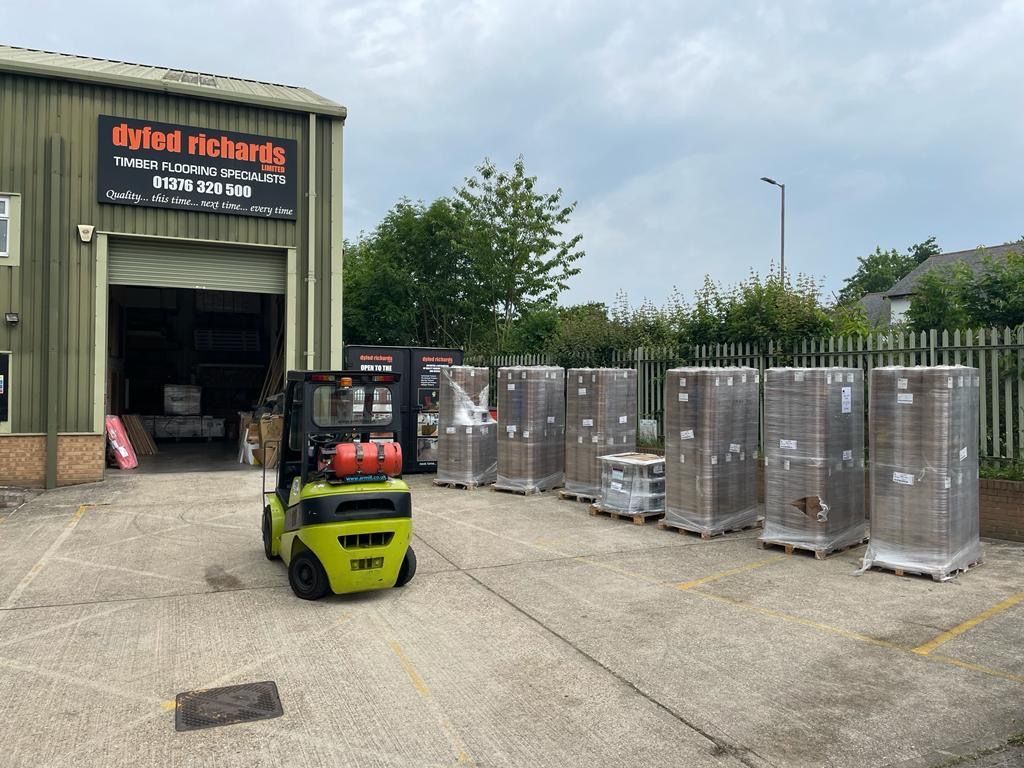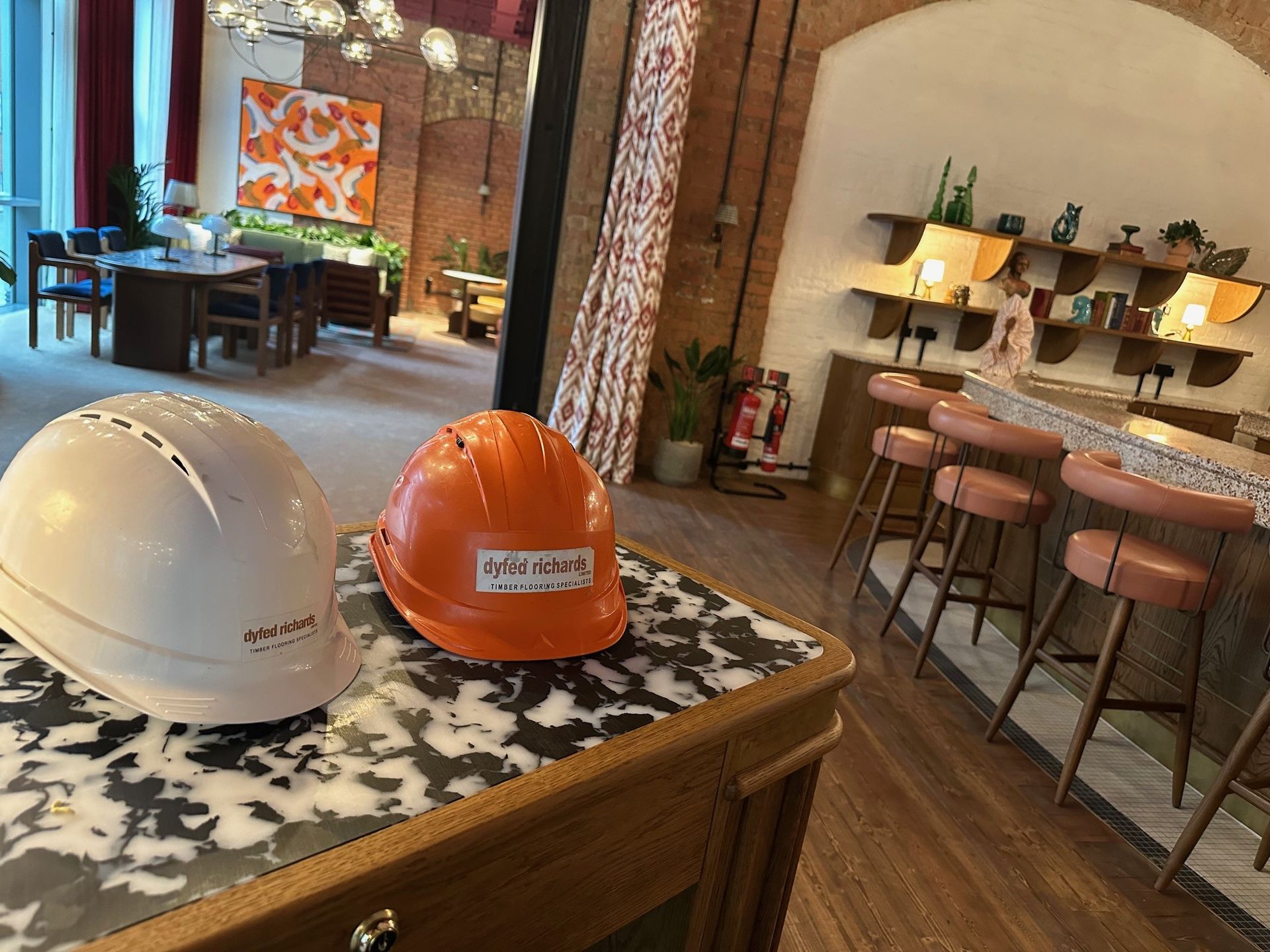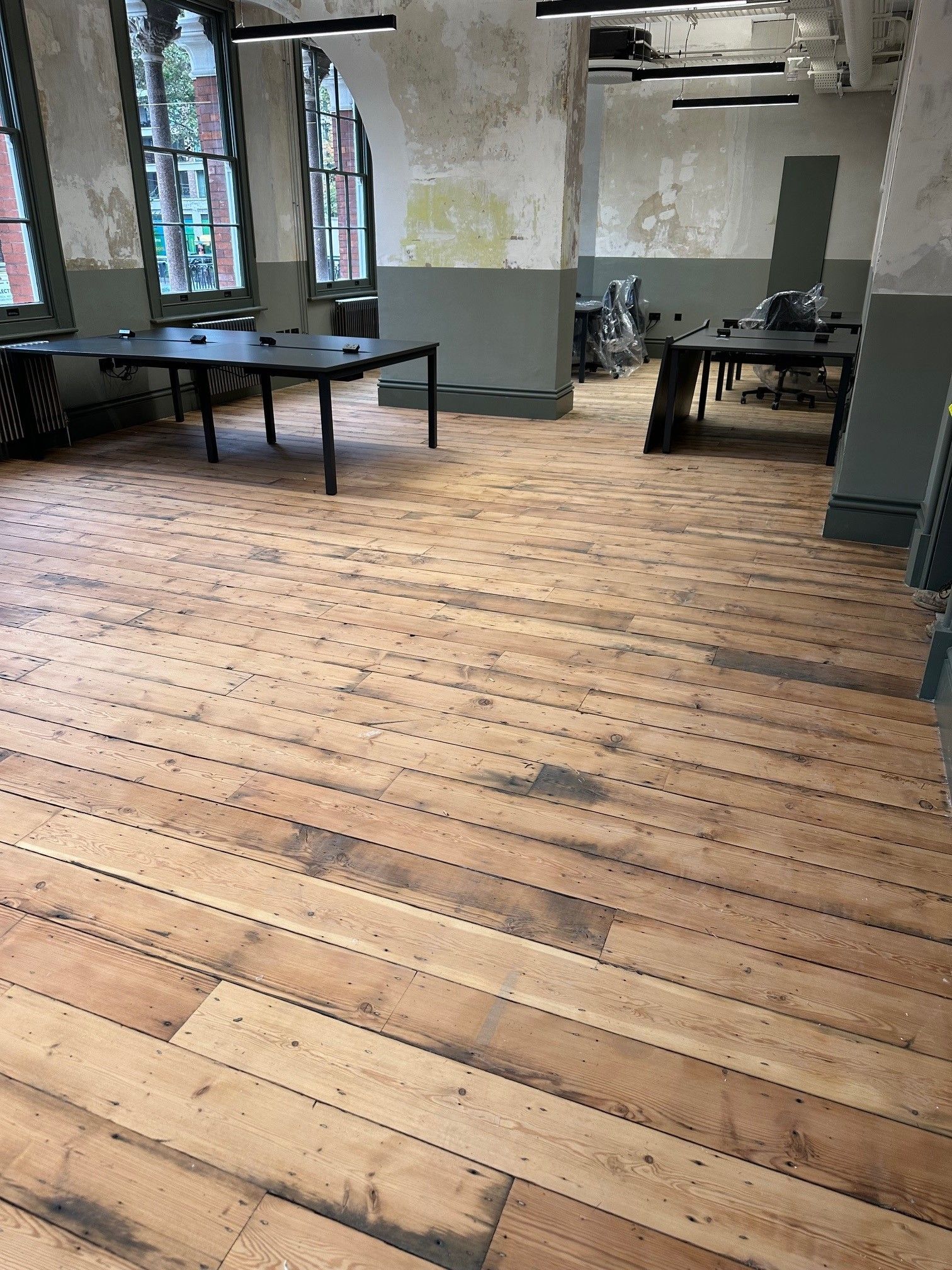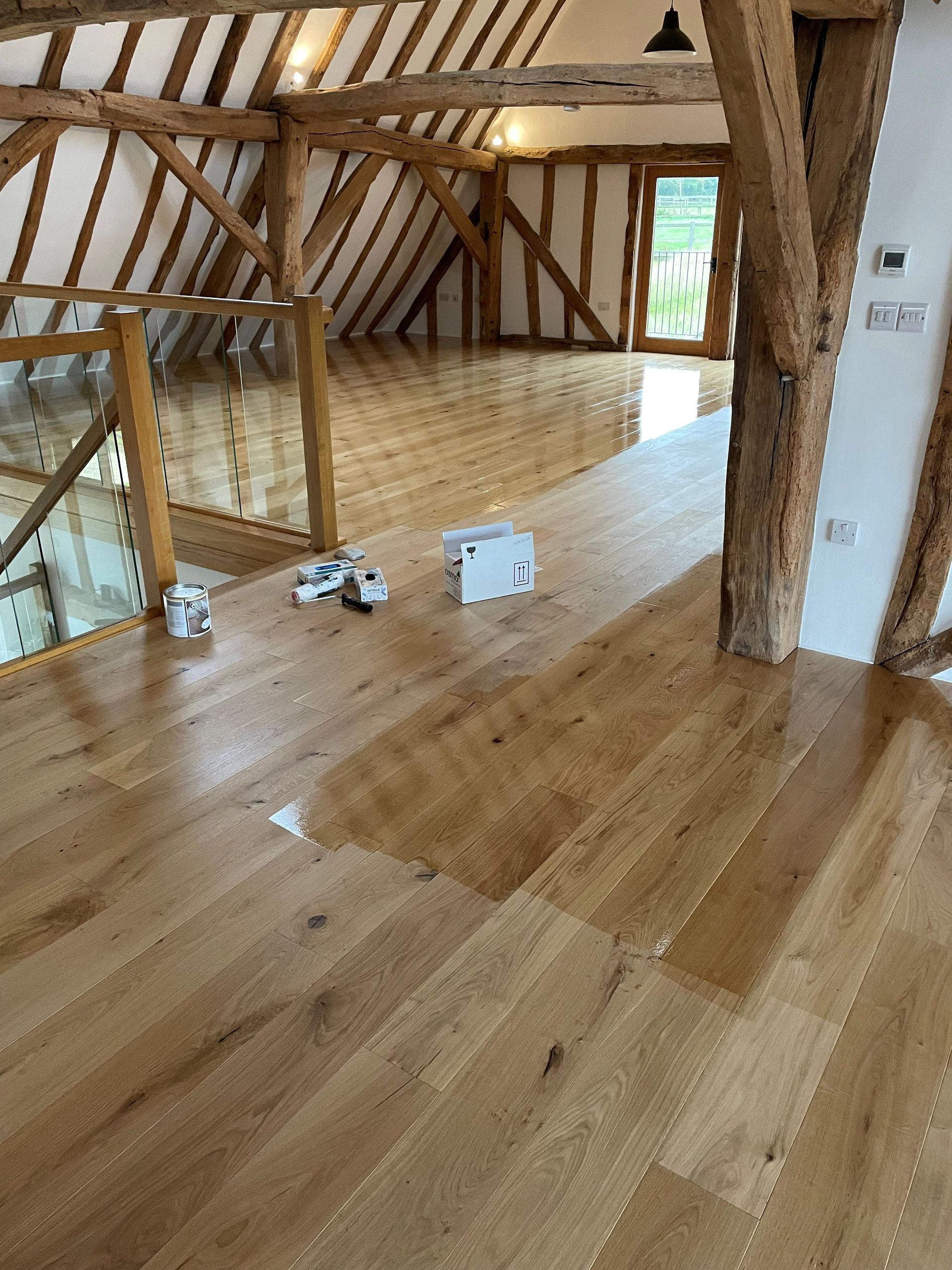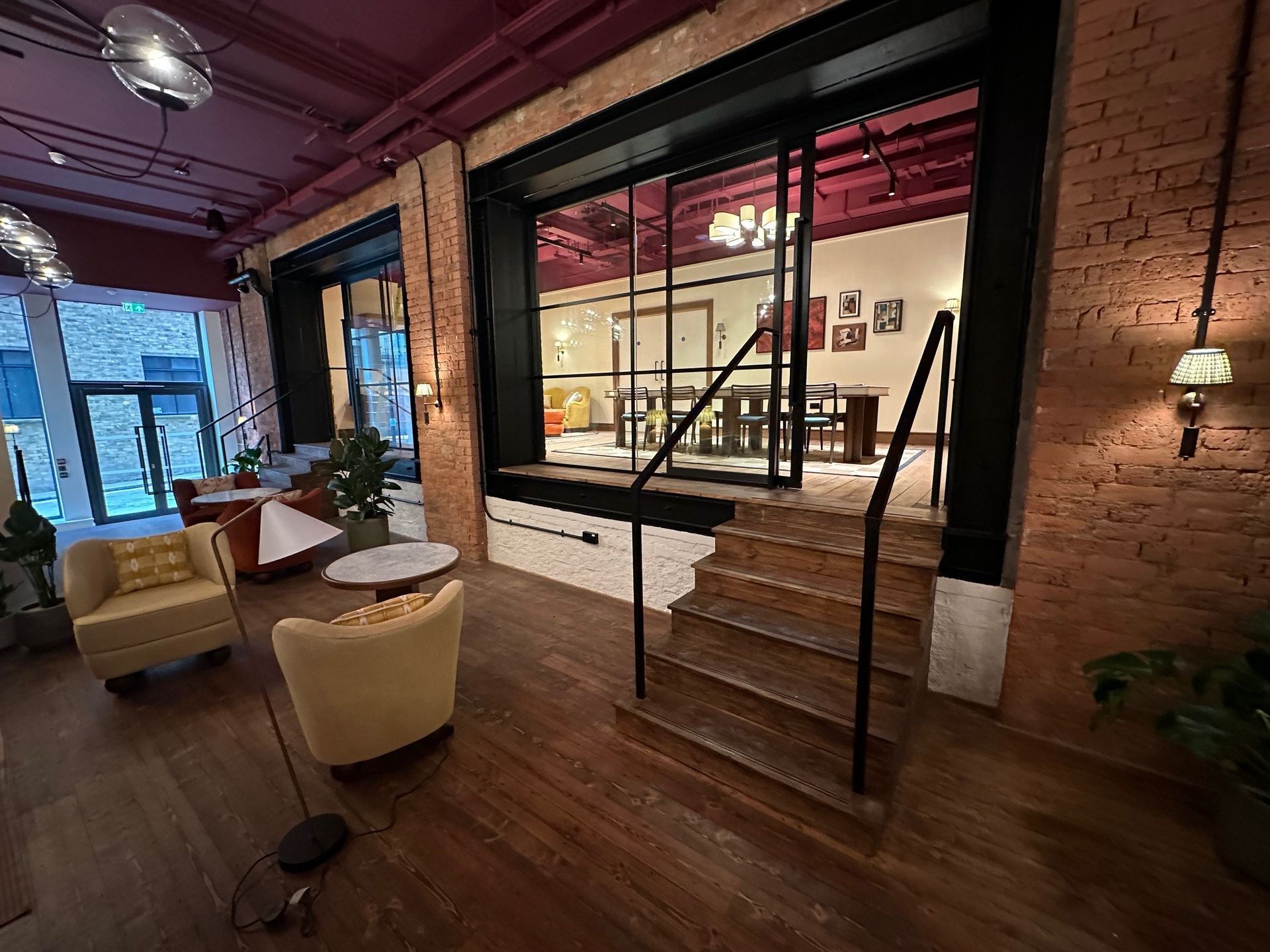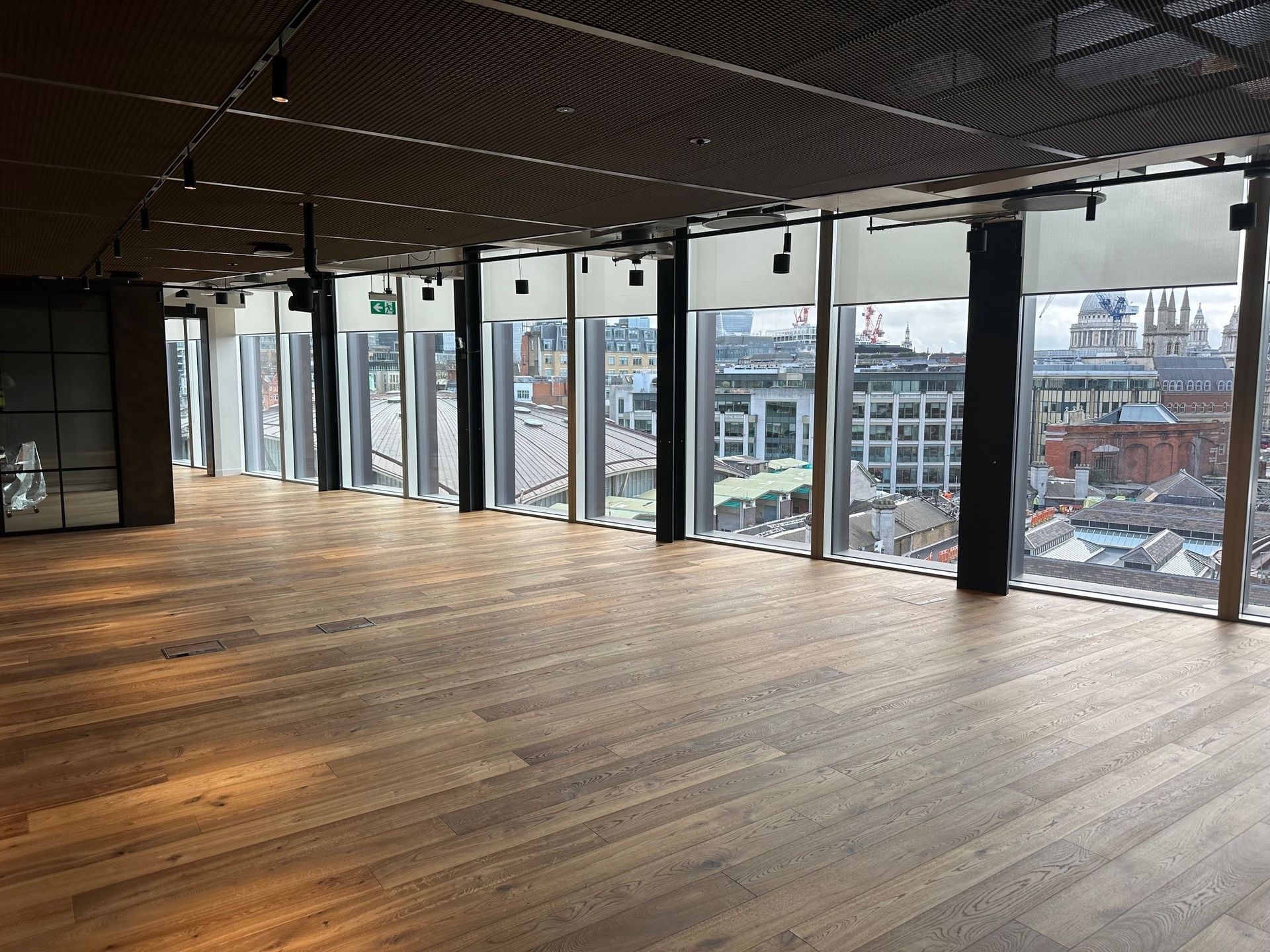Why Timber Is the Ideal Choice for Your New Staircase
A closer look at the benefits of choosing timber for a staircase that combines style, strength and sustainability.
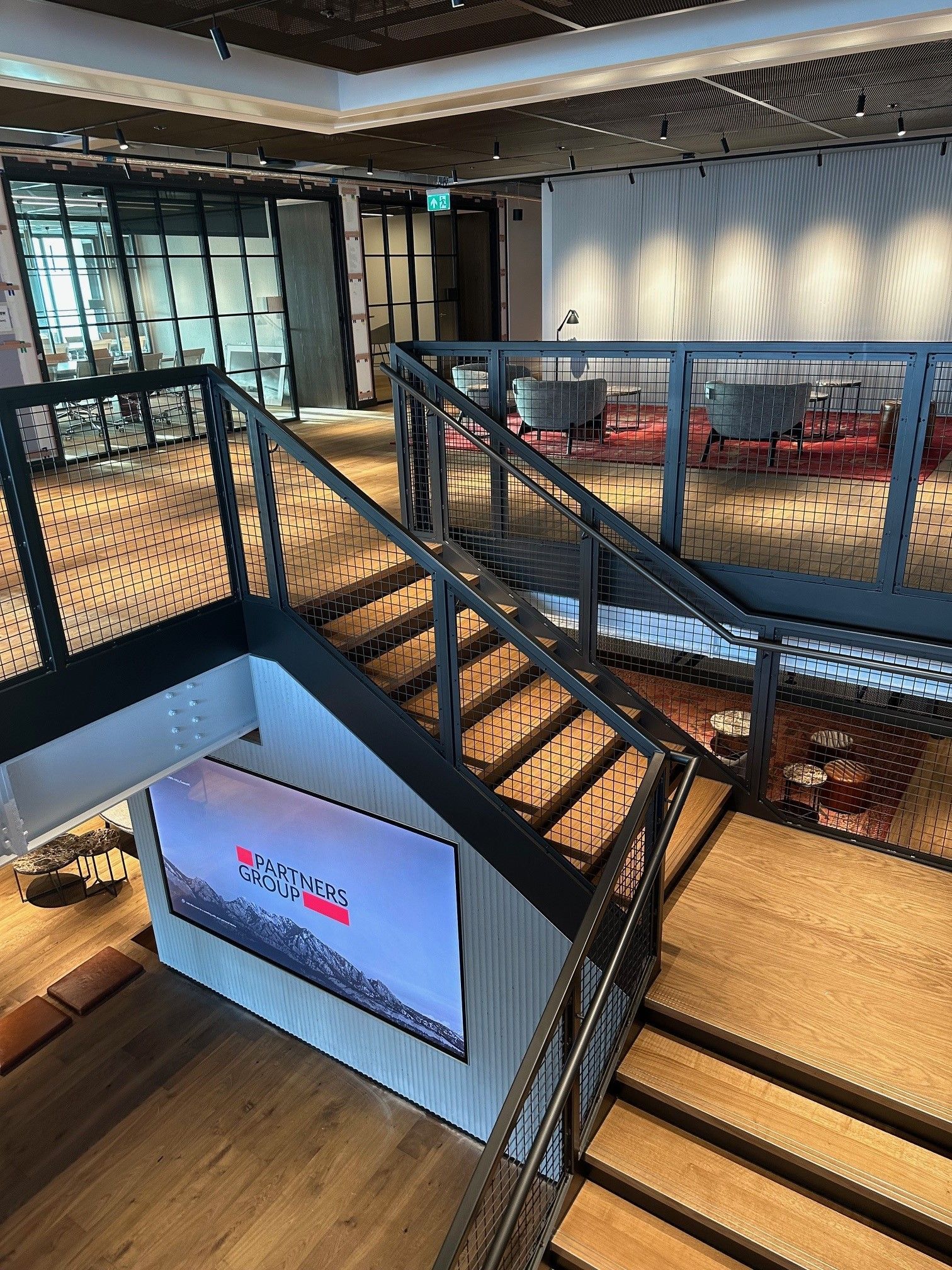
Why Timber Is the Ideal Choice for Your New Staircase
When planning a new staircase, the material you choose plays a key role in shaping the final look, performance and durability of the structure. Timber remains one of the most popular choices across homes and commercial spaces in the UK, thanks to its versatility, strength and aesthetic appeal. Whether you're a business owner renovating a property or a homeowner designing your dream interior, timber staircases offer a timeless solution with practical advantages.
This article explores the reasons why timber should be at the top of your list when selecting a material for your staircase, and how it aligns perfectly with broader timber flooring or joinery choices.
1. Timeless Aesthetic Appeal
One of timber’s strongest advantages lies in its natural beauty. A wooden staircase can serve as a striking focal point, bringing character and warmth to any space. Timber suits a wide range of interiors, from classic to contemporary, and can be tailored through different finishes and stains.
Popular choices like oak, ash and pine each offer unique grain patterns and tones. This allows homeowners and designers to match the staircase to existing wooden flooring or bespoke joinery, creating a consistent and elegant design language throughout the property.
2. Durable and Long Lasting
Staircases must withstand constant use and carry significant weight, which makes durability a priority. Hardwood timbers such as oak or ash are particularly resilient, making them ideal for high traffic areas. When correctly treated and maintained, timber staircases can last for decades without showing signs of wear.
Unlike some composite or metal alternatives, timber does not easily warp or corrode. Its longevity makes it a cost effective choice in the long term, especially in residential properties where the staircase may be used dozens of times a day.
3. Sustainable and Environmentally Friendly
With growing awareness of environmental impact, timber stands out as a sustainable building material. Responsibly sourced wood from certified forests helps reduce carbon emissions and supports renewable forestry practices.
Compared to steel or concrete, the energy required to process and manufacture timber is significantly lower. When combined with other natural materials like wooden flooring or handcrafted joinery, timber staircases help create environmentally conscious interiors that do not compromise on style or function.
4. Easy to Maintain and Repair
A further benefit of timber is its low maintenance requirements. With occasional polishing or refinishing, a timber staircase can retain its appearance for years. Scratches or surface marks can often be sanded out and re-varnished, which is not always the case with metal or concrete staircases.
Should individual components become damaged, wooden treads, risers or spindles can typically be replaced or repaired without the need for a full reconstruction. This makes timber staircases both practical and economical over their lifetime.
5. High Level of Customisation
Wood is a material that lends itself to creativity. Timber staircases can be designed to suit a range of layouts and architectural styles, whether straight, spiral, floating or open riser. Intricate balustrades, hand carved detailing or contemporary minimalist lines can all be achieved with wood.
This flexibility is particularly valuable for bespoke interiors where the staircase is not just functional but a design statement. Timber allows builders and joiners to work closely with clients to deliver tailored results that fit the dimensions and vision of a space perfectly.
6. Enhanced Property Value
A well designed wooden staircase can significantly increase the perceived and actual value of a property. Timber’s classic look, long lifespan and strong performance appeal to a wide range of buyers. For developers and property owners alike, investing in quality materials such as hardwood can deliver strong returns both aesthetically and financially.
When paired with features like hardwood flooring or wooden panelling, a timber staircase can elevate the overall finish of a property and leave a lasting impression.
Conclusion
Choosing timber for your staircase is more than a design decision it’s an investment in quality, durability and environmental responsibility. From its natural charm to its long term resilience, timber brings both form and function to one of the most important structural elements in a home or commercial building.
Whether you're coordinating with existing wooden flooring or planning a full scale renovation, timber staircases offer a flexible and future proof option that adapts to your needs and enhances the value of any property.

